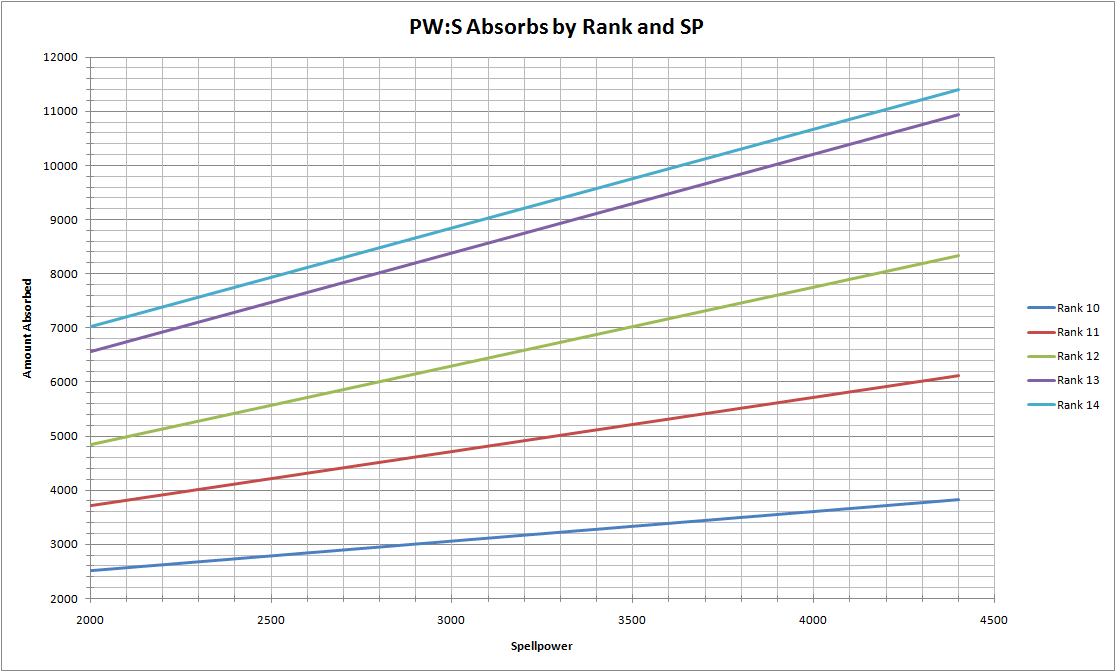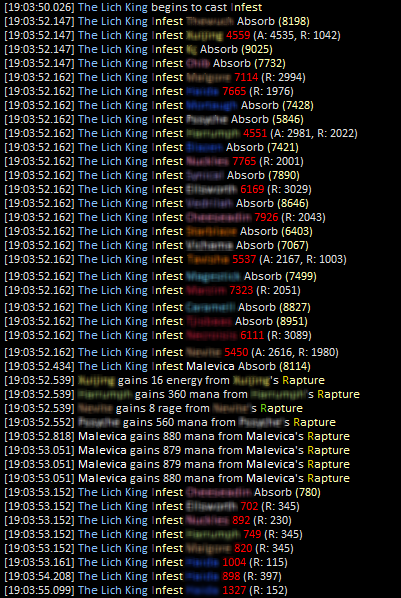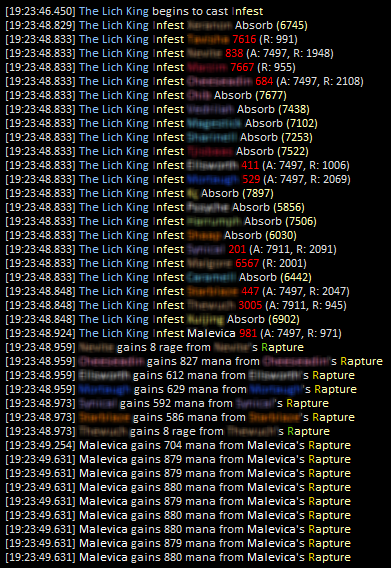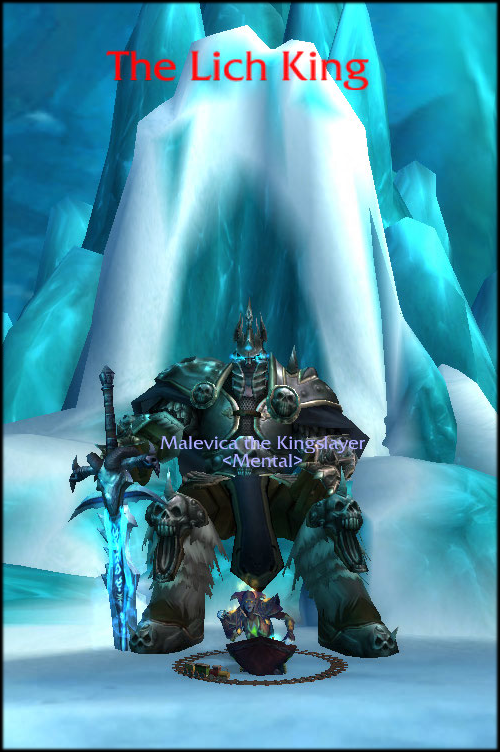
I came across the line in the title while dipping into the EJ WotLK Priest Healing Compendium recently, and it made me think about how we tend to try and pigeon-hole healers.
Why do we label healers?
Humans are fundamentally pattern-seeking creatures: it is our natural tendency to try and classify the world, to relate it to things we have experience of, and to reduce it to a set of simpler rules.
In WoW, when a raid leader is faced with 5-7 healers to assign, of up to five different specs, all with unique personalities and skills, their natural reaction is to fall back on these heuristics in an attempt to reach as nearly-optimal a solution as possible.
Because the assignment is based on these heuristics, the quality of the classification scheme will directly influence the quality of the resulting assignment.
Common classification schemes
I’m going to focus on two today. The first is the common “tank” and “raid” healer dichotomy, and the second is a modification which divides healers by their abilities rather than by role. I’ll also describe the ideal, which is what guilds should be aiming at.
“Tank healers” and “raid healers”
This is, for the most part, the prevailing paradigm in WoW today. Not in decent raiding guilds, I’m sure, but in my experience this is how the majority of players and raid leaders still think.
The trouble with this model is that it breaks down fairly quickly in the current game. Where does a Discipline Priest fit? What about a Resto Druid? Come to think of it, on many encounters a Shaman might be a weak ranged healer (Rotface heroic leaps to mind) but excel at bouncing Chain Heals through the melee, are they still a “raid healer”?
Typically Disc priests and Holy Paladins get dropped into the “tank healer” box, and everyone else into the “raid healer” box. And the boxes are fairly fixed across a raid, even though, as the Shaman example shows, this can change a lot depending on the fight.
In my experience the biggest weakness of this scheme is that it also tends to lead to over-simplified assignments. “X and Y on tanks, rest on raid” is very often inadequate, especially on challenging content, where healers don’t know each other well, or where healer capabilities are unknown.
Single-target vs multi-target healers
This is a slightly different way of categorising the healing population, but sticking with two groups again. I think this works a little better than the first scheme, because it allows the raid leader to match healers to the damage profile, rather than arbitrary roles.
For example, as a Discipline Priest I’m generally a single-target healer. I know that 25-mans tend to have Disc Priests on bubble-blanketing, but I’m still only handling one person at any one time. I can tank heal, if a single tank is taking sustained damage, but I can also very effectively heal up random secondary target damage (like Lana’thel’s Bloodbolts or Deathwhisper’s Shadowbolts) or rescue individuals who find themselves standing in fire.
It also allows Shaman to be used on tanks on fights where it’s appropriate, Marrowgar being a great example, and Blood Queen Lana’thel another decent example. When you have multiple tanks taking simultaneous damage, rotating Chain Heal across each tank in turn is a very effective tool; far more effective than trying to get a Disc Priest to heal three targets.
As another example, consider using a Shaman or two as part of your tank healing assignment on heroic Saurfang. They can keep a melee Mark up fairly well, while contributing significantly to the healing on the tanks. If you can even free up a Holy Paladin, that allows you to cover an additional Mark at range.
There are some weaknesses of this scheme still. In particular there’s a lot of variation in the “multi-target” group, ranging from Holy Paladins (Beacon of Light) through to Resto Druids, which is not accounted for. In practice, treating Holy Paladins as single-target healers tends to work best conceptually.
This scheme also requires a bit more thought on the part of the person doing the assignments, but can lead fairly naturally to more individualised healing assignments.
The ideal
Clearly, the ideal situation is for the raid leader, or the healing lead, to know the individual strengths, weaknesses, preferences, specialities and foibles of every healer in the raid team, and assign on that basis. There’s not much reliance on heuristics here, and the maximum information is being used to inform the decisions being taken.
As an example, I’ve talked before about healing Ulduar-10 as Disc with a Holy Paladin with few problems. We succeeded because we knew each other’s strengths and weaknesses and could adapt our tactics to each fight, despite the conventional wisdom that we had 2 “tank healers” in the raid.
But a PuG raid leader, or someone with new recruits in a guild, or simply someone who is less comfortable handling so much information, will need to simplify things to some extent.
Conclusions
You’ve probably figured out that I prefer to think about healers in the second way (when I’m not working with a guild group, where I’m a lot closer to the ideal). I prefer assigning healers based on their class’s abilities and strengths, in relation to the damage that will be taken.
This helps me understand how to relate to Holy Paladins. As a Disc Priest I’m often lumped in with Holy Paladins as “tank healer”, but the big difference is that Holy Paladins are dual-target healers, so on fights with more than one tank they will have a much easier time than me, and it’s noticeable in the raid (in the same way that Bone Storm is a very different proposition with and without a Disc Priest). Our single-target HPS is comparable, but they can double their overall HPS in a GCD, and they can sustain it over long periods of time, while mine is quite bursty.
Every healers is suited to different situations, and it’s much better all round if the person doing the assigning takes account of that.
And stop putting me on tanks, I really don’t like it.











